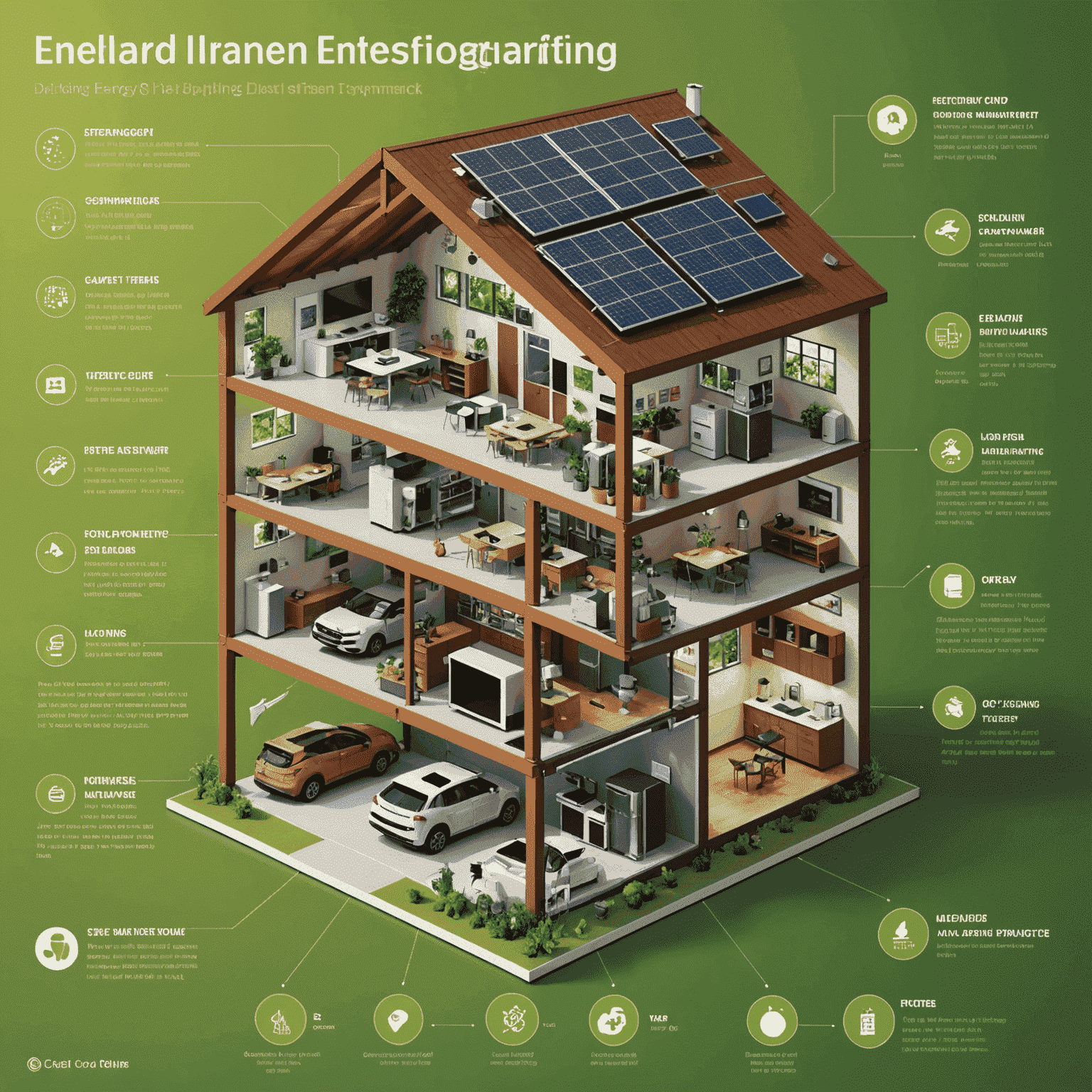Energy Efficiency in Architecture

In the realm of sustainable construction, energy efficiency has become a cornerstone of modern architectural design. As we face increasing environmental challenges, architects and developers are pioneering innovative strategies to create buildings that not only reduce energy consumption but also enhance the quality of life for occupants.
Advanced Energy-Efficient Strategies
The most cutting-edge sustainable buildings employ a combination of passive and active energy-efficient systems:
- Smart Building Envelopes: Utilizing dynamic facades that adapt to environmental conditions, regulating heat gain and loss.
- High-Performance Insulation: Implementing advanced materials like aerogels and vacuum-insulated panels to minimize thermal transfer.
- Renewable Energy Integration: Seamlessly incorporating solar panels, wind turbines, and geothermal systems into architectural designs.
- Natural Ventilation Systems: Designing buildings to maximize air flow, reducing the need for mechanical cooling.
- Daylight Harvesting: Optimizing the use of natural light to decrease reliance on artificial lighting.
"The most sustainable building is the one that harmonizes with its environment, harnessing nature's resources while minimizing its ecological footprint."
Innovative Energy Management Systems
Modern sustainable buildings are equipped with sophisticated energy management systems that optimize performance:
- AI-Powered Climate Control: Machine learning algorithms that predict and adjust heating and cooling needs based on occupancy patterns and weather forecasts.
- Energy Storage Solutions: Advanced battery systems that store excess renewable energy for use during peak demand periods.
- Smart Grids: Intelligent power distribution systems that enable buildings to interact with the wider energy network, balancing supply and demand in real-time.
- IoT Sensor Networks: Comprehensive monitoring systems that provide granular data on energy usage, allowing for continuous optimization.

The Future of Sustainable Architecture
As we look to the future, the integration of energy-efficient strategies in architecture is set to become even more sophisticated:
- Biophilic Design: Incorporating living walls and rooftop gardens that not only improve air quality but also provide natural insulation.
- Self-Healing Materials: Development of building materials that can repair themselves, reducing maintenance needs and improving longevity.
- Energy-Positive Buildings: Structures that generate more energy than they consume, feeding excess power back into the grid.
- 3D-Printed Components: Utilizing additive manufacturing to create complex, highly efficient building elements with minimal waste.
As we continue to push the boundaries of energy efficiency in architecture, it's clear that the buildings of tomorrow will not only be more sustainable but will actively contribute to solving our global environmental challenges. By embracing these advanced strategies and systems, architects and developers can create structures that are not just energy-efficient, but truly regenerative.